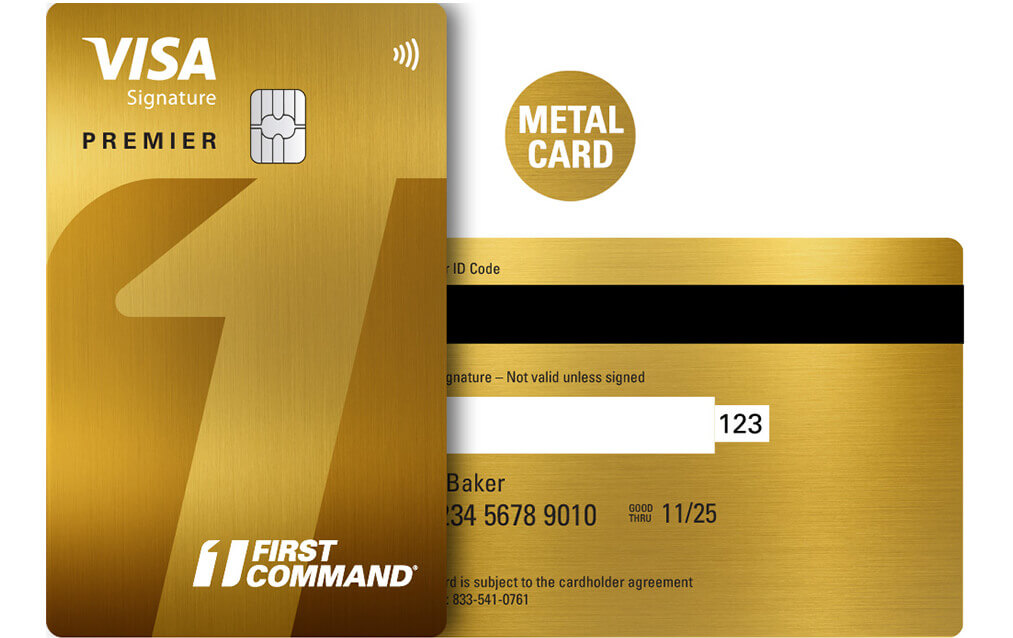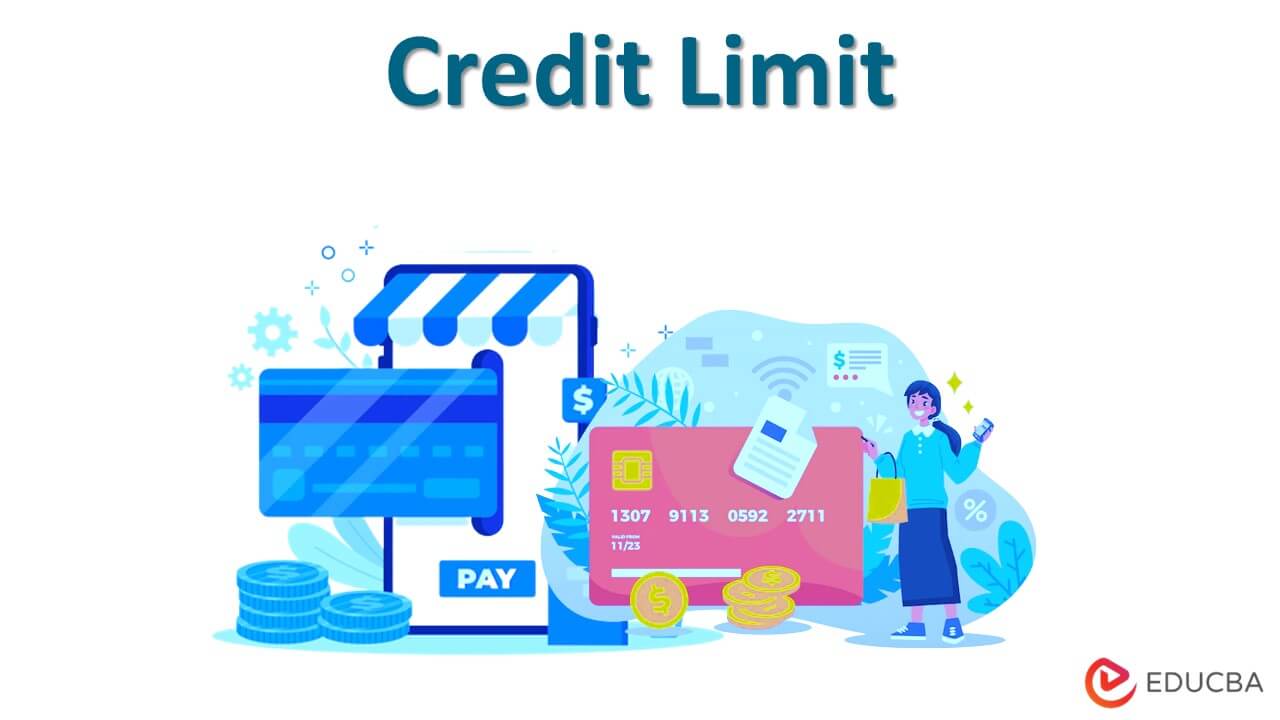First Premier Bank $300 Credit Limit Cash Advance Review

Imagine you're in a bind, unexpected expenses piling up like leaves in autumn. A small loan could bridge the gap, offering a lifeline when you need it most. But what if the only option available comes with a hefty price tag?
This is the reality for many with less-than-perfect credit scores, often turning to cards like the First Premier Bank $300 credit limit card for a helping hand. This review dives deep into whether this card truly provides financial aid or adds to the burden, especially concerning the cash advance feature.
The First Premier Bank $300 credit limit card, frequently advertised to those with poor credit, promises access to credit when traditional avenues are closed. However, it’s crucial to understand the full picture, including the fees, interest rates, and the implications of using the cash advance feature.
Understanding the First Premier Card
First Premier Bank specializes in offering credit cards to individuals with low credit scores. They fill a niche for those often denied by mainstream credit card companies.
The allure is simple: a chance to rebuild credit and gain access to funds. However, this access comes at a cost, making it essential to weigh the pros and cons carefully.
The Credit Limit
As the name suggests, the card typically offers a $300 credit limit. While seemingly modest, this can be enough to handle small, unexpected expenses.
Keep in mind that the initial available credit might be significantly less due to various fees charged upfront.
Fees and Interest Rates
This is where the First Premier card often raises eyebrows. The card is notorious for its high fees.
These fees include an annual fee, monthly servicing fees, and potentially even application processing fees. APRs (Annual Percentage Rates) are also significantly higher than those for standard credit cards.
The impact? A substantial portion of your available credit can be eaten up by fees alone, and interest charges can quickly accumulate if you carry a balance.
The Cash Advance Feature: A Closer Look
The cash advance feature allows cardholders to withdraw cash from their credit line, similar to using an ATM with a debit card. But instead of drawing from your bank account, you're borrowing against your credit limit.
While convenient in emergencies, cash advances on the First Premier card carry significant drawbacks.
Cash Advance Fees and APR
Expect a cash advance fee, typically a percentage of the amount withdrawn or a flat fee, whichever is greater. According to various sources, the cash advance fee could be a minimum of $10 or 3% of the amount of each cash advance, whichever is greater.
Additionally, cash advances often have a higher APR than purchases, meaning interest charges will accrue even faster. This can create a cycle of debt that's difficult to break.
No Grace Period
Unlike purchases, cash advances usually don't have a grace period. Interest begins accruing immediately from the day you withdraw the cash.
This rapid accumulation of interest, coupled with the high APR, makes cash advances a very expensive way to borrow money.
Lower Credit Score Impact
Consistently using cash advances can negatively impact your credit score. Credit utilization, the amount of your available credit you're using, is a significant factor in credit scoring.
Cash advances contribute to a higher credit utilization ratio, signaling to lenders that you might be a higher-risk borrower.
When to Consider (and When to Avoid) a Cash Advance
In rare and urgent situations, a cash advance might seem like the only option. For instance, if you're stranded without other resources for immediate assistance, it could offer a temporary solution.
However, carefully consider all other alternatives first, because the long-term costs are usually substantial.
Avoid cash advances if you have other options, such as borrowing from friends or family, using a less expensive line of credit (if available), or selling unused items.
Alternatives to the First Premier Card
Before committing to the First Premier card, explore other options for building or rebuilding credit. Consider secured credit cards, which require a security deposit but often have lower fees and interest rates.
Credit builder loans are another option. These loans are designed to help you establish a positive credit history.
Furthermore, focus on improving your credit score by paying bills on time and addressing any outstanding debts. This will eventually qualify you for more favorable credit options.
Real-World Impact: Stories from Cardholders
Many cardholders report being trapped in a cycle of debt due to the high fees and interest rates associated with the First Premier card. They express frustration over the limited credit available after fees and the challenges of paying off the balance.
While some appreciate the opportunity to build credit, the overwhelming sentiment is that the card is expensive and should be used with extreme caution. Some even advise against using it at all, advocating for alternative credit-building strategies.
Final Thoughts: Is the First Premier Cash Advance Worth It?
The First Premier Bank $300 credit limit card, with its cash advance feature, is a double-edged sword. It offers access to credit for those who need it, but at a considerable cost.
The high fees, exorbitant interest rates, and potential for debt accumulation make it a risky proposition, especially when considering the cash advance functionality.
Carefully weigh your options, explore alternatives, and only use this card as a last resort, with a clear plan for repayment and a full understanding of the associated costs. Building credit is a marathon, not a sprint, and there are often less expensive and more sustainable ways to achieve your financial goals.

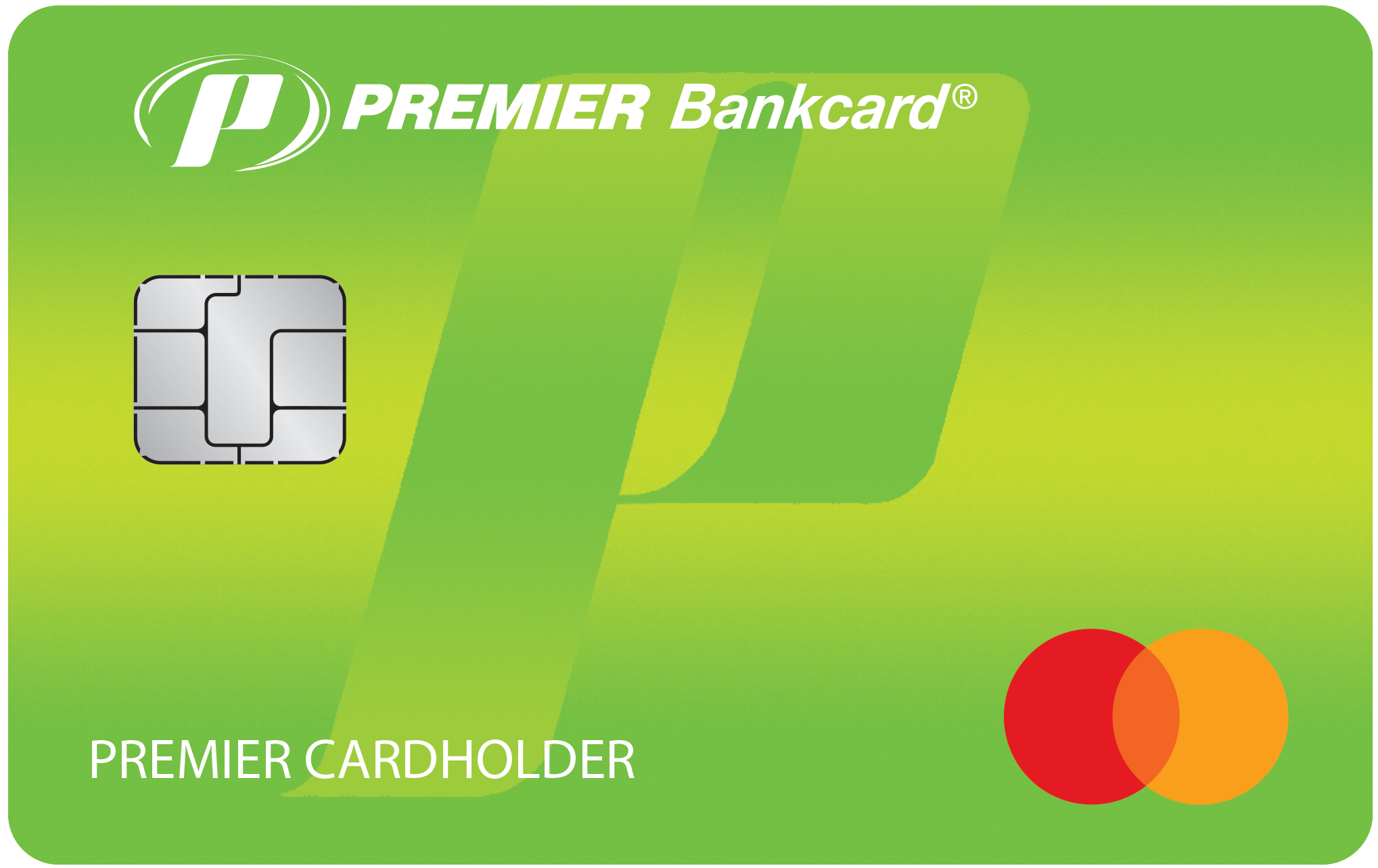



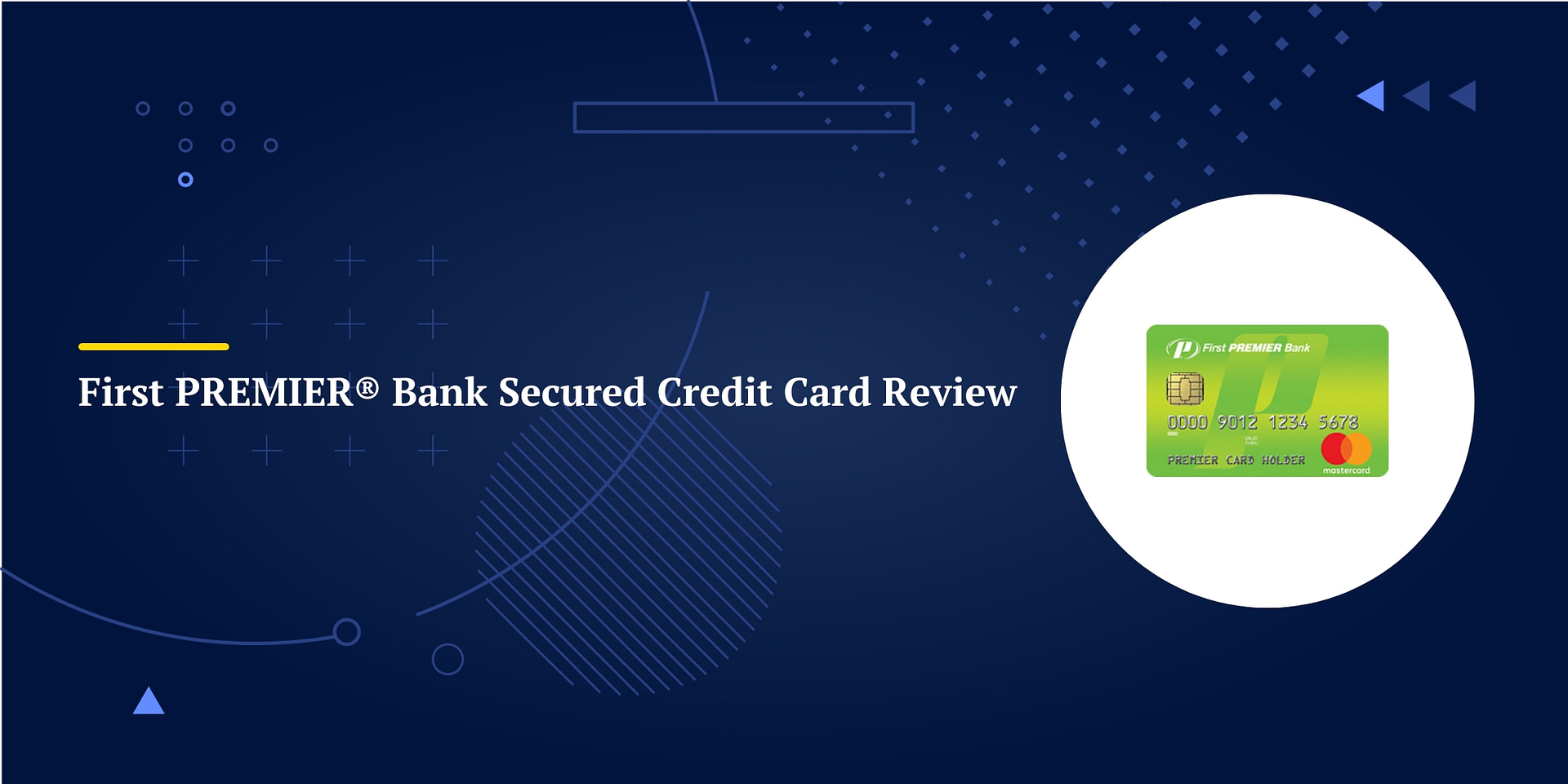
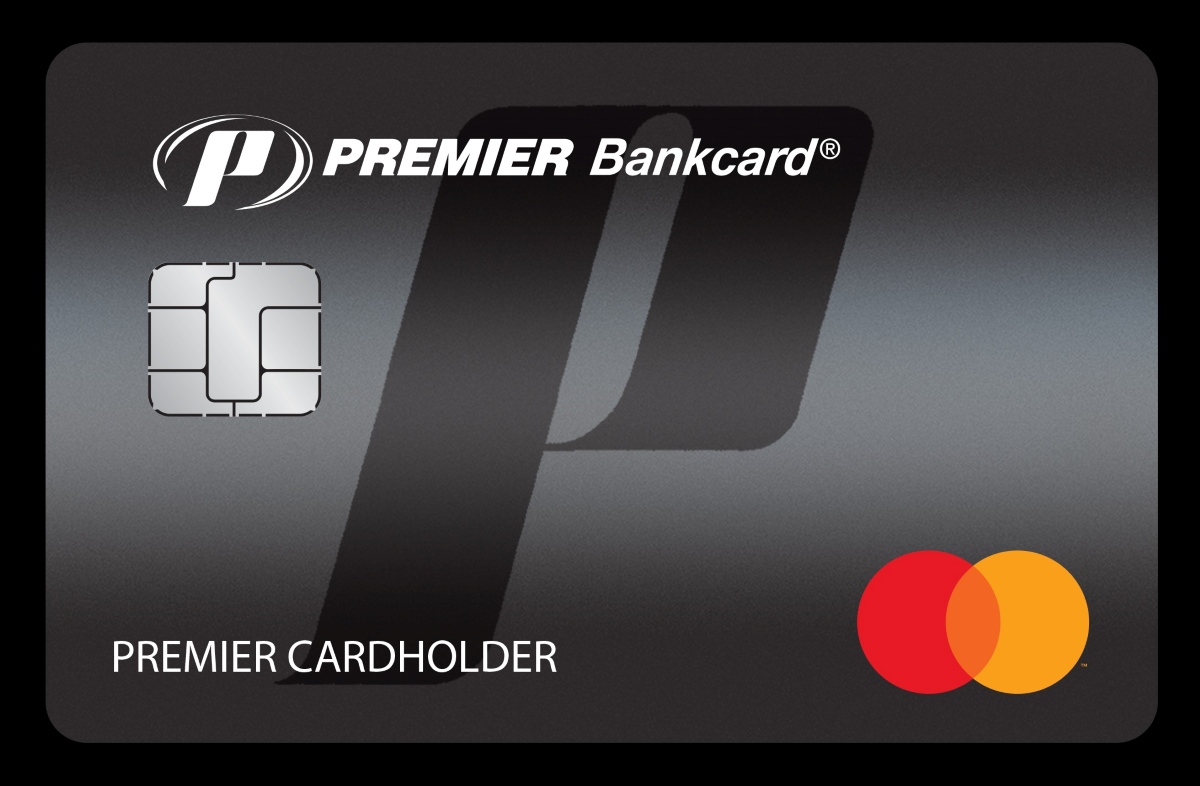

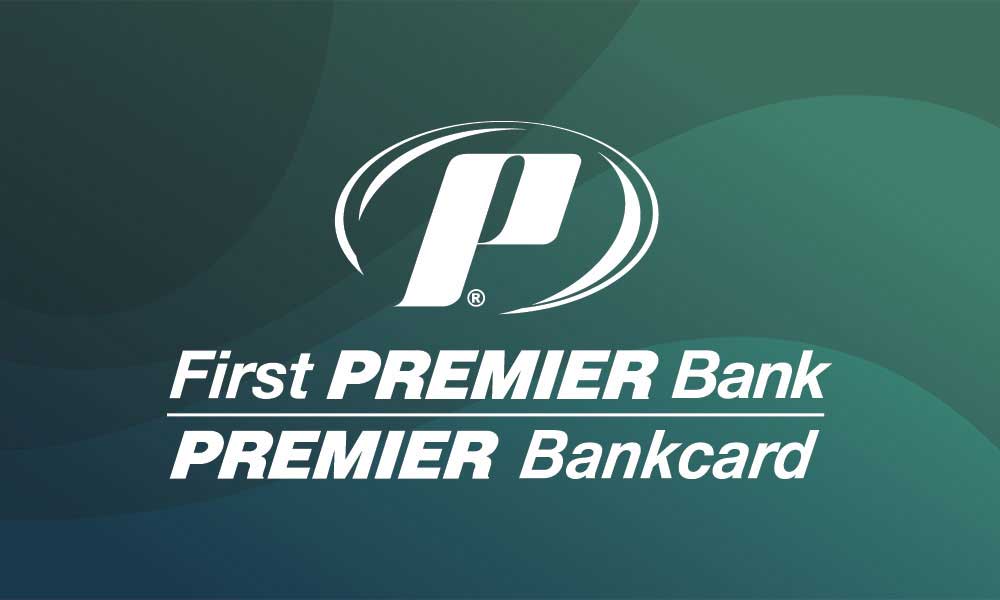



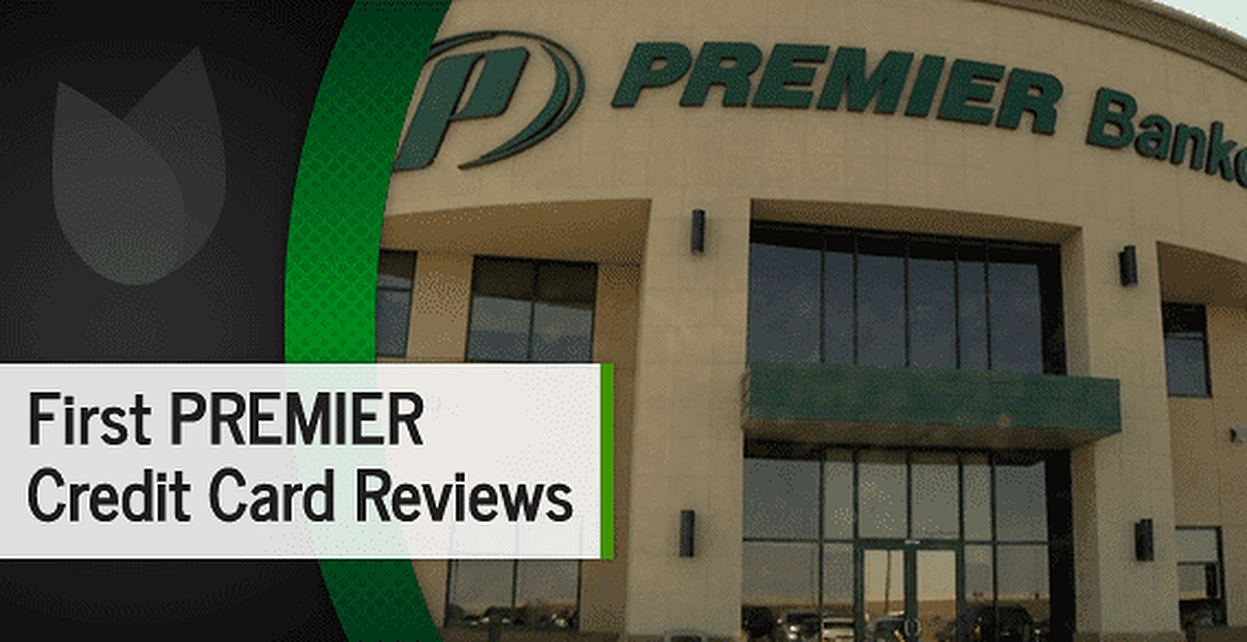

![First Premier Bank $300 Credit Limit Cash Advance Review First PREMIER Credit Card Reviews [July 2025] | WalletHub](https://cdn.wallethub.com/common/product/images/creditcards/500/first-premier-credit-card-0758594c.png)

